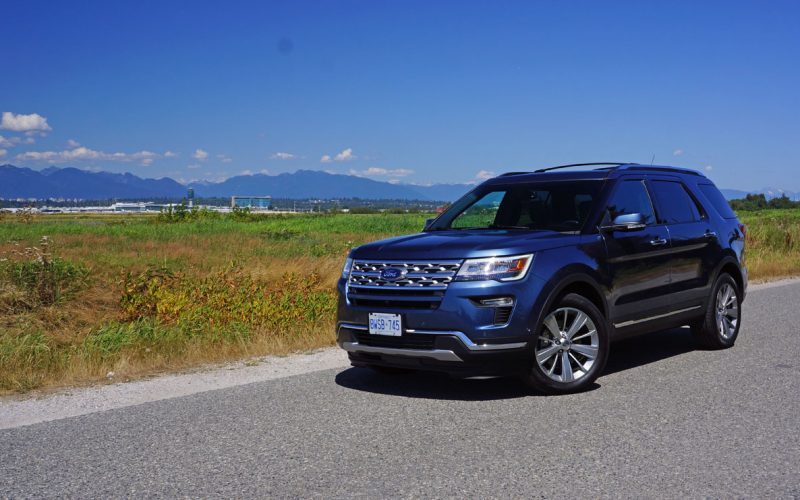
Reading Time: 12 minutesIf you like the current Ford Explorer, or more accurately the outgoing Explorer, now is the
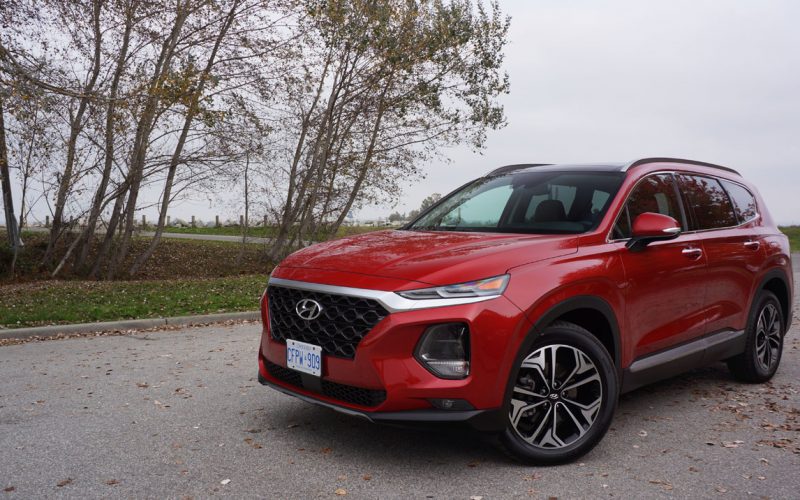
Reading Time: 14 minutesNow that the upstart Genesis brand is finding its footing in the luxury sector, having initially
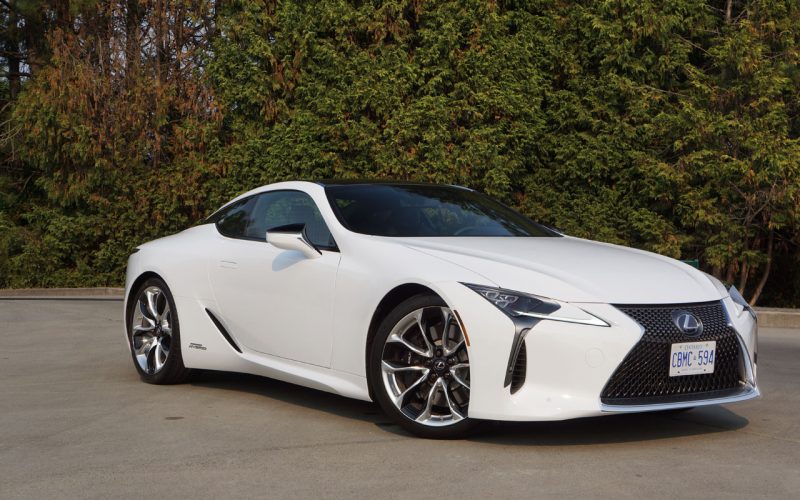
Reading Time: 14 minutesEvery luxury brand has models that sell in volume and therefore provide necessary income and hopefully
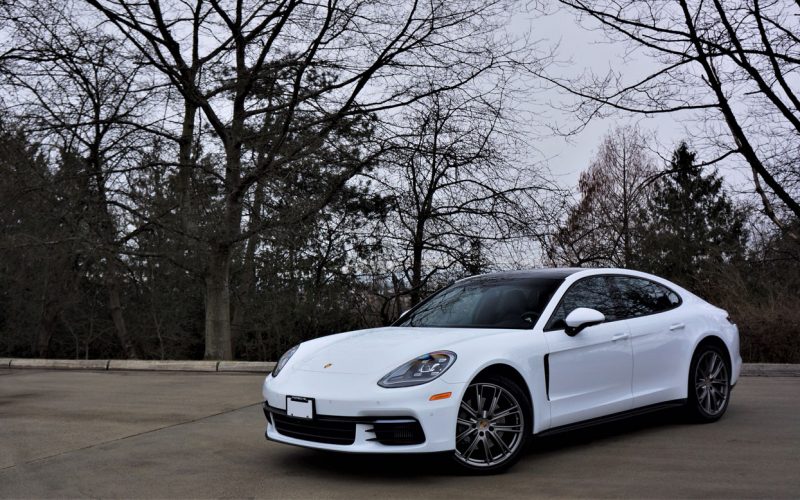
Reading Time: 9 minutesTo anyone interested in purchasing a sport sedan from a premium brand or something from the
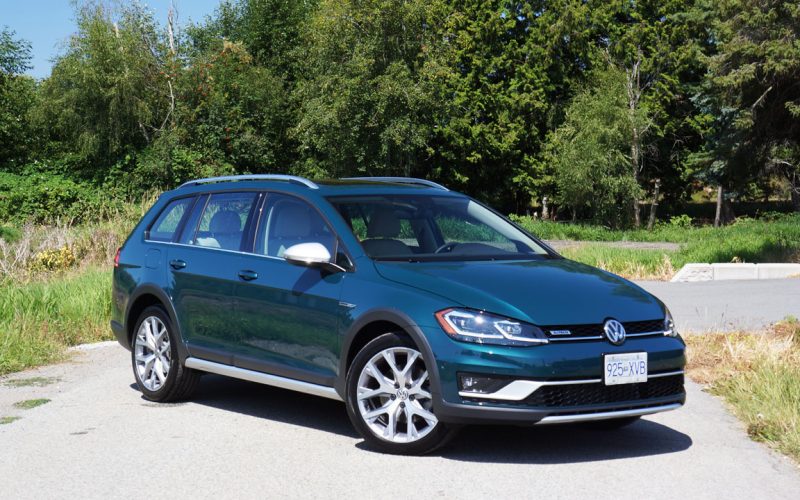
Reading Time: 5 minutesStrange, but only a year after this smart little Golf Alltrack crossover wagon came to market,
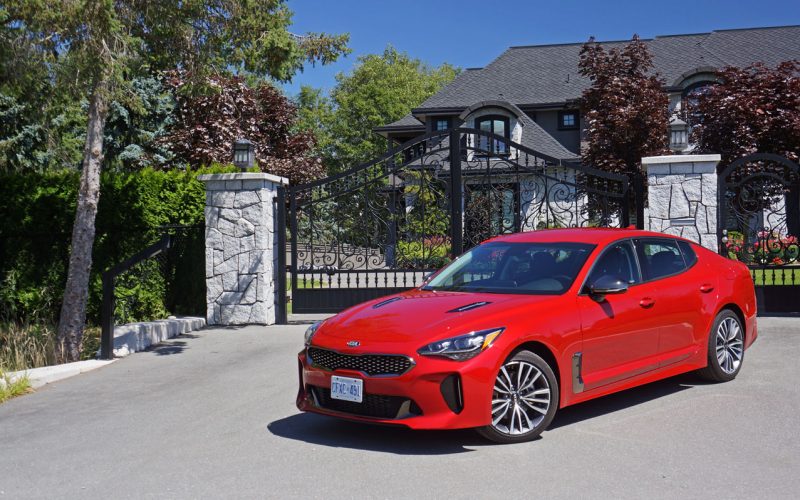
Reading Time: 10 minutesIt seems every time I’ve had opportunity to get behind the wheel of Kia’s new Stinger
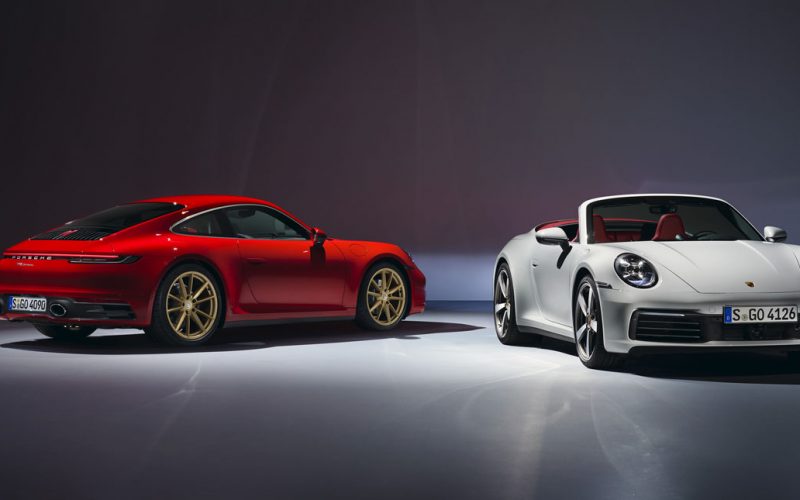
Reading Time: 4 minutesIf you don’t know about the all-new eighth-generation 2020 Porsche 911 yet, where have you been
© 2025 The Car Magazine. All Rights Reserved, Privacy Policy | Terms of Use